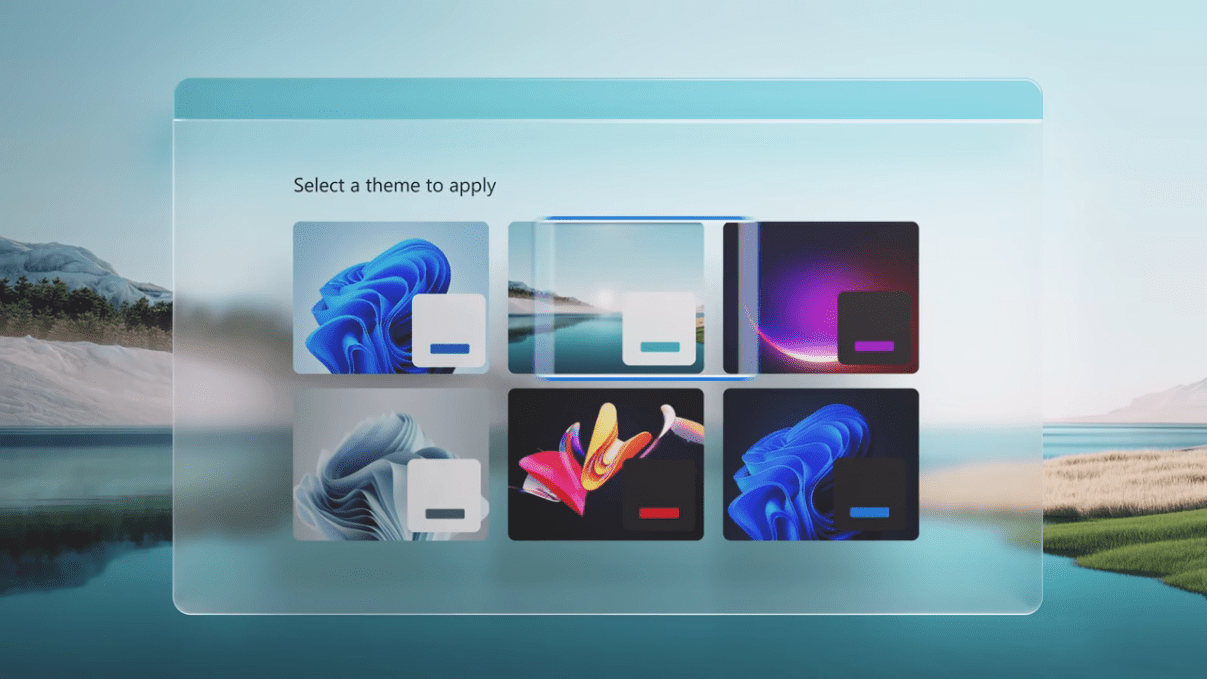Welcome to Windows 11 — Back in 2015 Microsoft announced that Windows 10 was the last Microsoft operating system that you would ever need. Fast forward 6 years to the present, and we learn that Microsoft’s announcement back in 2015 wasn’t entirely accurate.
Scheduled to be officially released early in 2022, we find Microsoft Windows 11. (see video below)

At first glance one might find that this new release of Windows 11 looks pretty cool, but if you were one of the many millions that have used Android for like, forever, you might come away with the notion that you’ve already been there, done that.
It’s true — Windows 11 is fashioned much like how Android is and here’s the reason why.
Microsoft has been unable to effectively compete in it’s own industry for years. Borrowing … um .. *cough* … stealing … *cough* *cough* … innovative and revolutionary ideas and technology from others has been the Microsoft way ever since it … borrowed … the Apple Computer inc. visual graphical user interface (GUI) elements in 1994. Of course it can also be noted that Apple Computer inc. had previously … borrowed … it’s own visual graphical user interface (GUI) elements from Xerox in 1988.
But I digress.
Here we have, in 2021, somewhat of a repeat, in that now, Microsoft has lifted the look and feel of the Android operating system and incorporated it into the now new Windows 11.
Windows 11 is a combination of Windows 10 and the now scuttled Windows 10X project. Windows 10X was going to appear in 2021 as more of a Chrome OS competitor, and Microsoft had spent years trying to modernize Windows in an attempt to bring a more lightweight version to market. Microsoft’s Surface Neo device was supposed to ship with Windows 10X.
Microsoft had previously discontinued widgets, but the widgets are back in Windows 11. Also, Microsoft had discontinued eye-candy after Windows 7, but as we can see here, the eye-candy is back in Windows 11.
If all you’ve ever used in your lifetime was Microsoft operating systems, then this new Windows 11 could be considered to be pretty exciting. Those of us in the world of Linux operating systems have seen all of this before. When you stop and consider the *docking in the task bar and work *spaces on the desktop you might understand that Ubuntu has had all of this for years.
You might also consider looking at some other .DEB based Linux operating systems like Deepin OS or Elementary OS for instance.
Microsoft operating systems have been bloated, slow, and clunky for years — even Windows 10 has had it’s good share of issues with regard to speed and efficiency.
With Windows 11, it seems that Microsoft is trying to change all of that, but even still, it appears that the company has quite a ways to go if it ever hopes to best the likes of Android or other like minded written Linux builds.
I’ve roamed the world of Linux for over 20 years. There isn’t an operating system in the wild that I haven’t tried on both the laptop and the phone. When Microsoft announced the new Windows 11, I was somewhat slightly amused that, yes, there is almost no difference between Android and Windows 11 on a laptop … I installed Android on a Toshiba Satellite Radius 3 years ago, and now I’m seeing it all over again with Windows 11. I’m guessing that currently, Microsoft is still about 3 years behind everyone else.
At any rate, welcome to Windows 11
Unless Microsoft can totally embrace the speed and durability of Linux (open source), it will always find itself in the low end 3rd place of the operating systems world.








Leave a Reply
Your email is safe with us.
You must be logged in to post a comment.